3 Letters Heidelberg 1855/56 From Ferdinand Marfels, Later Leibarzt König Birma
3 letters HEIDELBERG 1855/56 from Ferdinand MARFELS
description
– More pictures see below! –
You bid three letters from Heidelberg from 1855/56.
Handwritten and signed ("Marfels") from stud. medical Ferdinand Marfels (born 8. December 1827 in Koblenz, died. 30. December 1876 in Mandalay), later among others Minister of Forestry and Medical Advisor / Personal Physician to Mindon Min (1808-1878), the penultimate King of Burma (reigned from 1854). He lived in Burma for two decades, resided in the Royal Palace and also died in Burma. The "Marfels Ground" vocational training center in Mandalay is named after him today. He wrote his dissertation "On the pathological anatomy of cretinism" in 1857 together with the physician Hermann Eulenberg (1814-1902).
are autographs by Marfels extremely rare!
Short biography of Marfels see below!
Lt. In the Heidelberg matriculation register there were no other students named Marfels in those years. The information there also agrees with his biography (stud. med., matriculated in Heidelberg on 10. May 1851, previously studied in Munich).
According to the address, the recipient "Stepper" (=nickname) is the stud. medical GA Jellito (recte: Jelito) in Herschberg.
To the recipient: George Henry Adolph Jelito was born on 11. June 1832 in Landau as the son of the bookbinder Jakob Christoph Jelito (b. 5. November 1790 in Landau, died. 15. April 1852) and his wife Margeretha Rosina born. Krauss born. He first studied chemistry in Würzburg (member of the Corps Rhenania), in 1855 he moved to Herschberg and studied medicine there.
Marfels also writes in a letter about Munich: "I have just returned from a trip to Munich and Stuttgart. [...] I don't know anything to write to you about other things, only I heard in Munich that Schrumpel had been taken down on her head."
The content is about money that Marfels borrowed from Jelito and (currently) cannot pay back.
Lineup:
1.) Letter Heidelberg, 9. June 1855.
Quotes: "Having just returned from Würzburg, I find your letter [...]. As far as your request from me is concerned, you must (!) excuse me if I ask you to be patient with it, as I am completely naked at the moment."
1 of 4 pages written (22 x 14 cm), unaddressed.
2) Letter Heidelberg, 30. December 1855.
Quotes: "You may hardly imagine how it hurts me to have embarrassed you, but on honor it is not my fault."
He had been promised "by a wide variety of people" that the money he had borrowed "to the amount of more than 300 fl." will be paid back, but this has not happened.
"For the moment I am in the most terrible embarrassment towards you, not knowing how to help you and myself. In the coming months I shall surely satisfy you, even if I should be forsaken by my debtors."
Described on 2 of 4 pages (21.3 x 14.7 cm). plus a page with a postal address; sent from Heidelberg to Herschberg (postmark Wallhalben) on 2./3. January 1856.
3.) Undated letter (postmark Heidelberg 19. February, probably 1856; Receipt stamp Wallhalben).
Quotes: "I'm astonished to receive your letter, which almost assumes that I didn't deliver the money you sent. It's all concerned. I had forgotten to take the money with me from Papa, whom I only saw twice when you were there at the time [...]."
1 of 4 pages (21.7 x 14.3 cm) written on; plus a page with a postal address; sent from Heidelberg to Herschberg (postmark Wallhalben).
Condition: letters folded, stained and creased; the letters sent by post with a tear through the opening of the seal. Please also note the pictures!
Short biography of Marfels (Source: Hans-Bernd Zöllner: Realities, romantically packaged. German perceptions of Burma / Myanmar in the last two centuries, p. 16f.): "Leopold Ferdinand Marfels was born on 8. December 1827 Born in Koblenz. After completing high school, he began studying philosophy in Munich in 1848, the year of the German Revolution. In 1851 he moved to the university town, which is an epitome of German Romanticism, to Heidelberg. At the same time he changed his subject and now studied medicine. In 1857 he finished his studies and returned to his hometown for a short time. In the same year he left Germany and traveled east. Arrived in Burma in 1858 or 1859. He settled in Rangoon and practiced medicine, but for him—like for helpers—that was apparently not his true calling. In 1863 he left Rangoon on the "Road to Mandalay", i.e. traveled north on the Irrawaddy. He wanted to travel through the Shan states to the Mekong. The attempt failed because the traveler was attacked by a gang of robbers. He returned to Mandalay and entered the service of King Mindon, serving as one of his personal physicians, Minister for Forests and intermediary in visits from foreign guests. On official occasions, Marfels wore Burmese court dress. It was rumored that he had adopted the "Buddhist faith" and thus - to the dismay of European visitors to the court - been "Burmese". The English missionary and educator Dr. Marks complained about Marfels' uncooperative attitude to his efforts to build a school. There is no news - so far - of Marfels' connection with his homeland, but there must have been such connections. In February 1877 an obituary notice appeared in a German newspaper. Afterwards Marfels died on 30. December 1876 in Mandalay. The Rangun newspapers also published the news of his death in January 1877. How he died is not mentioned here either."
About King Mindon Min (source: wikipedia):
Mindon Min (* Aug. July 1808 at Amarapura; † 1. October 1878 in Ava) was the penultimate king of Burma from 1853 until his death. He was also one of the most popular and revered kings in the country.
Biography: During the reign of his half-brother Pagan Min (1848 to 1853), the Second British-Burmese War ended, in which the English annexed Lower Burma. King Mindon and his younger brother Ka Naung overpowered their half-brother Pagan and sought peace with the English. For most of his reign, Mindon Min sought to curb English thirst for conquest and modernize his country.
King Mindon established the last royal capital in Burma, Mandalay, in 1854. Installed as crown prince, Ka Naung proved to be a born administrator and modernizer. During Mindon Min's reign, numerous academics were sent to France, Italy, the United States of America and Great Britain to study the overwhelming progress brought about by the Industrial Revolution.
Mindon Min was the first to set up a machine-operated mint and also held the 5th Buddhist Congress in Mandalay. Congress produced the world's largest book, the Tipitaka, containing 729 pages of the Pali Buddhist canon. Each of the pages was written on a marble slab, each enshrined in a small stupa at the Kuthodaw Pagoda at the foot of Mandalay Hill.
Mindon Min also donated a new hti ("umbrella" or crown of gilded and jeweled material) for the more than 100 meter high Shwedagon Pagoda, which stands in British-ruled Rangoon at the time. However, he was not allowed to visit the pagoda.
During an otherwise unsuccessful palace rebellion by Princes Myin Kun and Myin Khondaing on April 18, On June 1, 1866, instigated by the British, Ka Naung died and Mindon Min narrowly saved his life. The princes were able to flee to the British and received amnesty there. This prompted Mindon Min not to name a successor. One of his queens, Hsinbyumashin, ruled the last days of the ruler. She ordered the assassination of almost all members of the royal family so that her daughter Supayalat and son-in-law Thibaw Min could ascend the throne. Close relatives of the royal family were mercilessly murdered after being lured into a trap under the pretense that the king wanted to bid them farewell before he died.
Mindon Min (8 July 1808 – 1 October 1878) was the penultimate king of Burma (Myanmar) from 1853 to 1878.[1] He was one of the most popular and revered kings of Burma. Under his half brother King Pagan, the Second Anglo-Burmese War in 1852 ended with the annexation of Lower Burma by the British Empire. Mindon and his younger brother Kanaung overthrew their half brother King Pagan. He spent most of his reign trying to defend the upper part of his country from British encroachments, and to modernize his kingdom.
Achievements: King Mindon founded the last royal capital of Burma, Mandalay, in 1857. His younger brother Kanaung proved to be a great administrator and modernizer. During Mindon's reign, scholars were sent to France, Italy, the United States, and Great Britain, in order to learn about the tremendous progress achieved by the Industrial Revolution.
During Mindon's reign, the following reforms were undertaken: centralization of the kingdom's internal administration, introduction of a salary system for the bureaucracy (to dampen the authority and income of bureaucrats), fixed judicial fees, comprehensive penal laws, reorganization of the financial system, removal of trade barriers including custom duties, reform of the thathameda taxes (to increase direct taxation), and modernization of the kingdom's army and introduction of new police forces.
A Burmese manuscript (Or 13681) held by the British Library depicts "seven scenes of King Mindon's donations at various places during the first four years of his reign (1853-57)," including a monastery, rest houses, and gifts for monks.
Mindon introduced the first machine-struck coins to Burma, and in 1871 also held the Fifth Buddhist council in Mandalay. He had already created the world's largest book in 1868, the Tipitaka, 729 pages of the Buddhist Pali Canon inscribed in marble and each stone slab housed in a small stupa at the Kuthodaw Pagoda at the foot of Mandalay Hill.
In 1871 Mindon also donated a new hti ('umbrella' or crown gilded and encrusted with precious diamonds and other gems) to the 105-metre-tall (344 ft) Shwedagon Pagoda, which is located in then British hero Yangon, although he was not allowed to visit this most famous and venerated pagoda in the country.
On 15 August 1873, Mindon also enacted the Seventeen Articles, one of Southeast Asia's first indigenous press freedom laws.
In 1875, during a royal consecration ceremony, Mindon took on the title Siripavaravijayanantayasa Pandita Tribhavanadityadhipati Mahadhammarajadhiraja.
With the opening of the Suez Canal, Mindon assembled a flotilla of steamers to facilitate trade with the British.
His brother Kanaung is still remembered by the Burmese as an avid modernizer, who would go to the factories early on cold winter mornings with a blanket wrapped around, just to talk to the mechanics about how the machines ran. He was in charge of the Royal Army, as was customarily required of Burmese crown princes, and he imported and manufactured guns, cannons and shells.
Palace rebellion: In 1866 two of Mindon's sons, Prince Myingun and Prince Myingundaing attempted a palace coup. Myingun claimed that the Crown Prince Kanaung was oppressive, and Kanaung was murdered during the revolt. Mindon escaped alive and the coup was crushed when Myingun fled in a steamer to British Burma. Rumors of British involvement are unsubstantiated, and no evidence exists showing their support for the revolt.
While Mindon was escaping the palace, he ran into a would-be assassin, Maung Paik Gyi, who lost his nerve and grovelled in front of the king. Mindon commanded him to carry him from the palace, which he promptly did.
Succession crisis
King Mindon's tomb at Mandalay in 1903.
The rebellion caused Mindon great reluctance in naming a successor to Kanaung for fear of civil war.
One of his queens, Hsinbyumashin, dominated the last days of King Mindon. It was an edict by Hsinbyumashin that ordered almost all possible heirs to the throne be killed, so that her daughter Supayalat and son-in-law Thibaw would become queen and king. Close royals of all ages and both genders were mercilessly executed, after being tricked that the dying king wanted to bid them farewell.
Thibaw, Mindon's son from a lesser queen, succeeded him after his death in 1878. King Thibaw was defeated by the British in the Third Anglo-Burmese War in November 1885 resulting in total annexation of Burma.
issues
Main article: List of children of Mindon Min
Mindon Min had 45 consorts, from which he had 70 children of royal birth.[8] A number of children were also borne by maids of honor and other casual ladies.[8] An extant list in Burmese can be found at: List of Mindon Min's consorts and royal children (in Burmese)
pictures


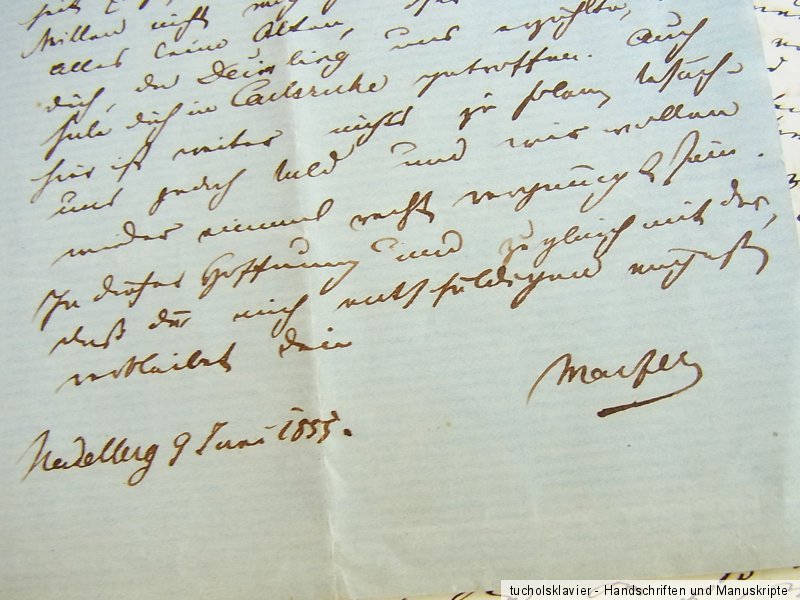


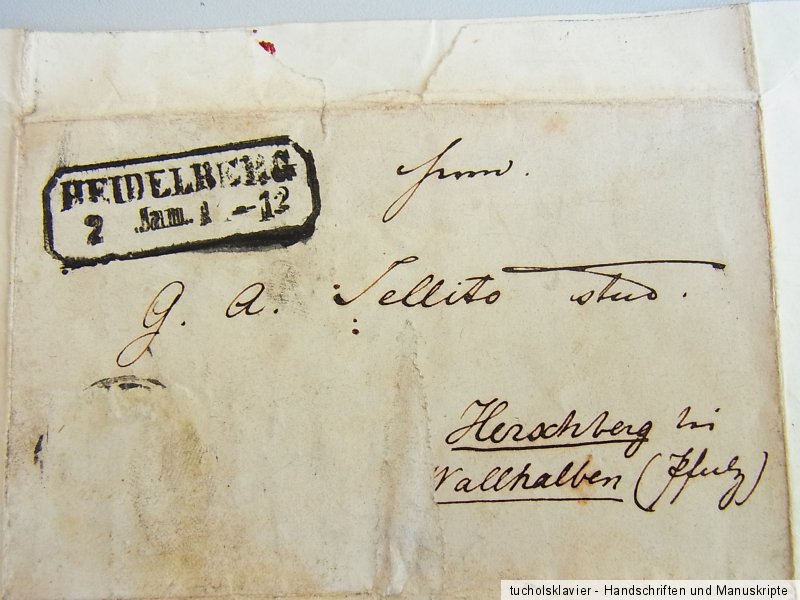

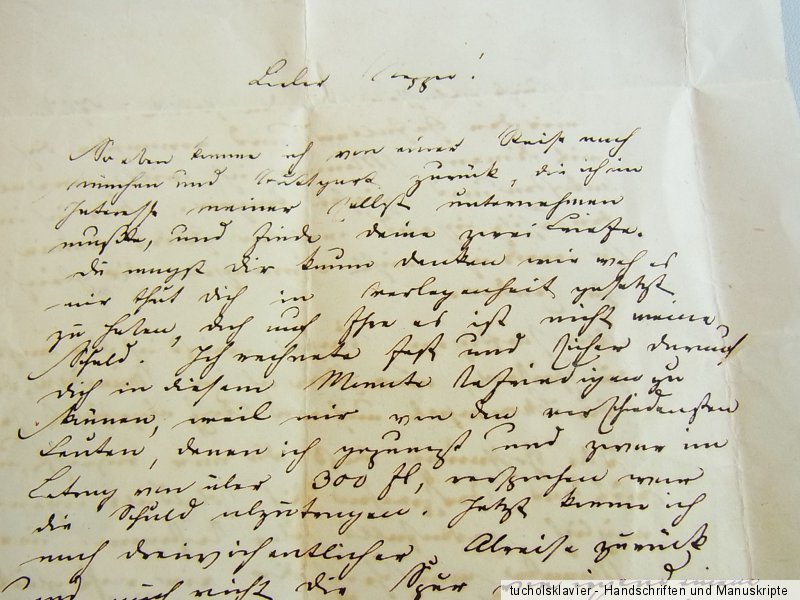
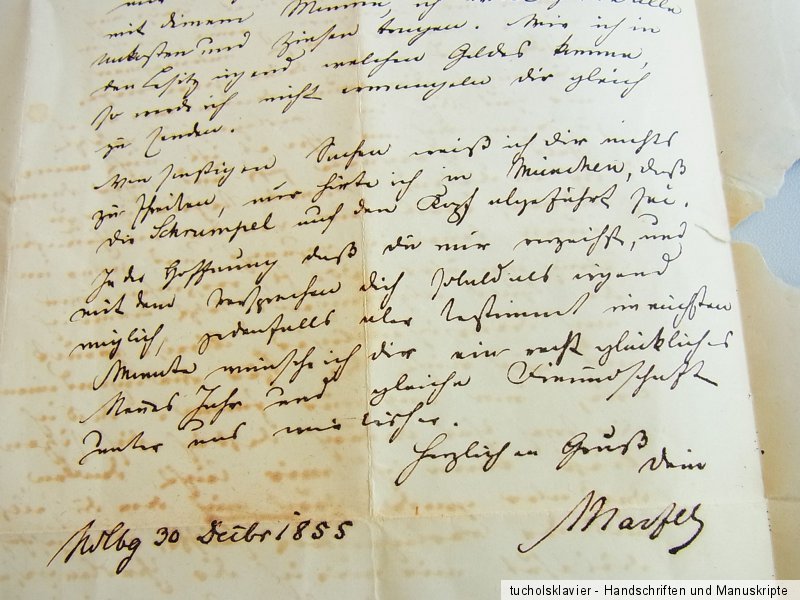
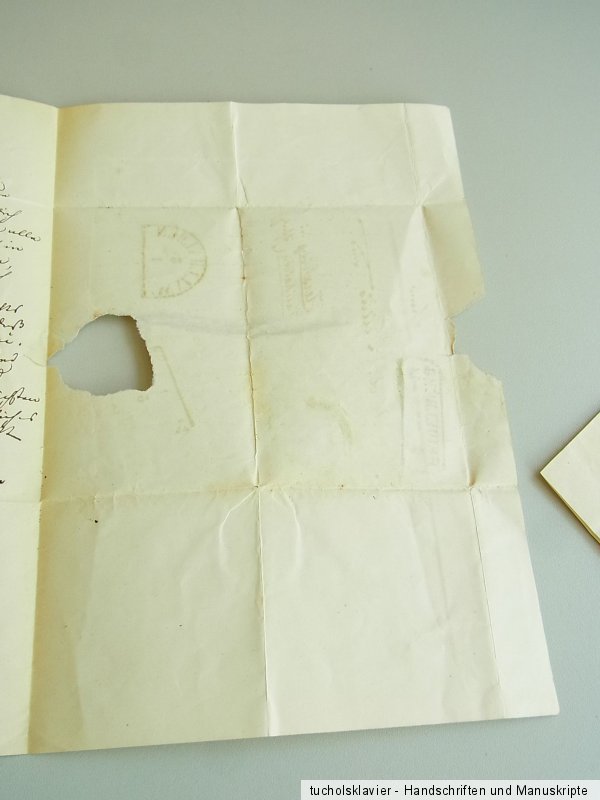
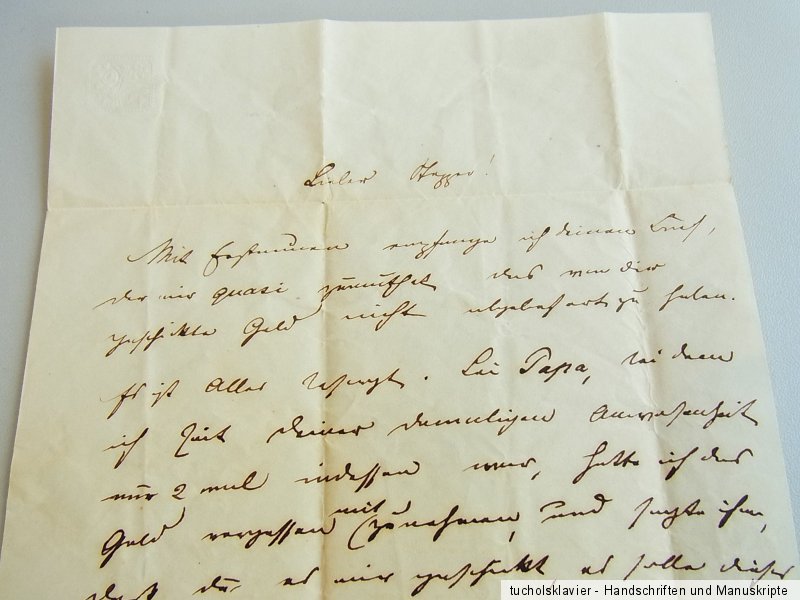
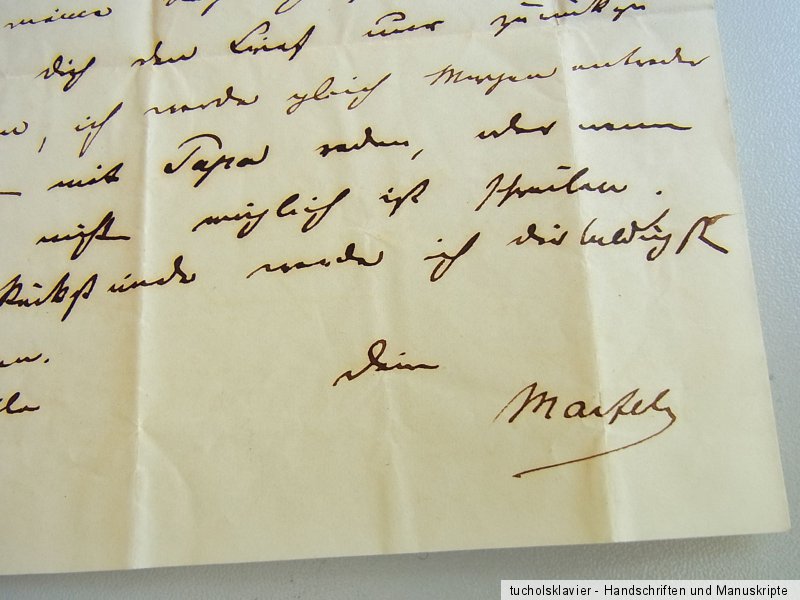


TRIXUM: Mobile-optimized auction templates and image hosting
| Erscheinungsort | Heidelberg |
| Material | Papier |
| Sprache | Deutsch |
| Autor | Ferdinand Marfels |
| Original/Faksimile | Original |
| Genre | Medizin |
| Eigenschaften | Erstausgabe |
| Eigenschaften | Signiert |
| Erscheinungsjahr | 1855 |
| Produktart | Handgeschriebenes Manuskript |